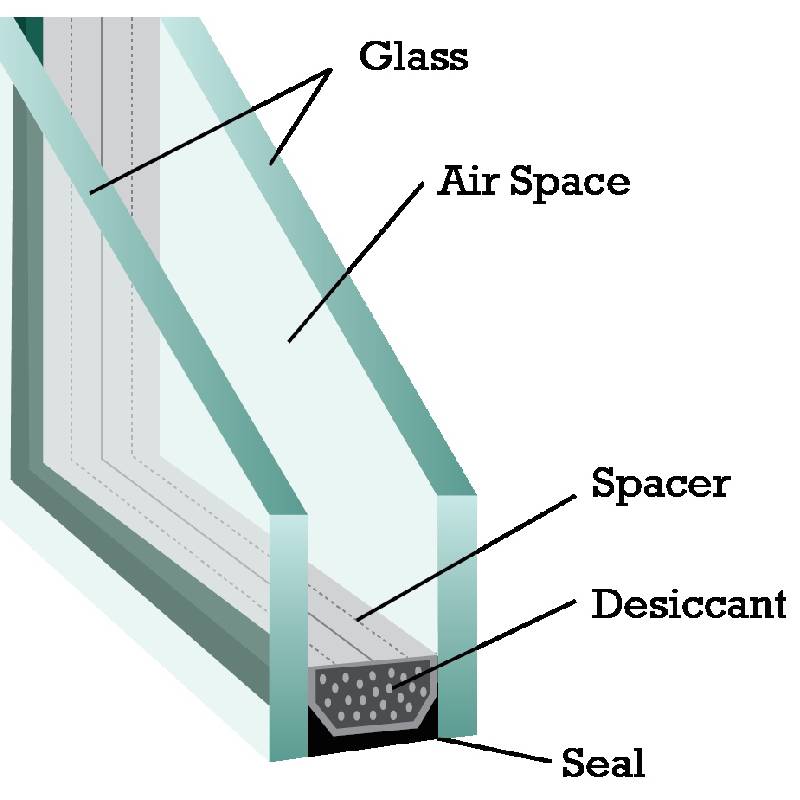

Understanding Low-E Glass Double Glazing A Sustainable Choice for Modern Living
In an era where energy efficiency and sustainability are paramount, low-emissivity (Low-E) glass double glazing has emerged as a crucial innovation in the construction and home improvement sectors. This technology not only enhances the aesthetic appeal of buildings but also significantly contributes to energy conservation and climate control. This article will delve into the workings, benefits, and applications of Low-E glass double glazing and why it is becoming a preferred choice among homeowners and builders alike.
What is Low-E Glass?
Low-E glass is a type of insulated glass that is coated with a thin, virtually invisible layer of metal or metallic oxide. This coating reflects infrared energy while allowing visible light to pass through. The primary function of this coating is to minimize the amount of heat that escapes from the interior of a building during colder months and to reduce heat gain during warmer months. Essentially, Low-E glass acts as a barrier against unwanted temperature exchange, which is indispensable in maintaining comfort and reducing energy costs.
The Concept of Double Glazing
Double glazing refers to the installation of two panes of glass with a space between them, typically filled with argon or another inert gas to improve insulation. This design serves multiple purposes. Firstly, it enhances thermal insulation by reducing the transfer of heat through the window. Secondly, it provides noise reduction, making indoor environments quieter and more pleasant. When Low-E coatings are applied to double-glazed windows, the energy performance of the window is significantly enhanced, resulting in a product that is effective in both insulation and energy saving.
Benefits of Low-E Glass Double Glazing
1. Energy Efficiency The most significant advantage of Low-E glass double glazing is its contribution to energy efficiency. Buildings lose a substantial amount of heat through windows, but Low-E glass minimizes this loss, helping to keep heating and cooling costs down. This is particularly beneficial in climates with extreme weather conditions, where temperature regulation is a necessity.
2. Comfort With superior insulation properties, Low-E double-glazed windows help maintain a consistent indoor temperature. This eliminates cold spots near windows during winter and reduces overheating during summer, enhancing the overall comfort of living spaces.

3. UV Protection Low-E glass also serves as a barrier against harmful ultraviolet (UV) rays from the sun. Prolonged exposure to UV rays can cause furnishings, carpets, and artwork to fade. By incorporating Low-E glazing, homeowners can protect their interiors from sun damage without sacrificing natural light.
4. Noise Reduction The combination of double glazing and Low-E coatings can significantly reduce external noise levels. This is particularly beneficial for homes situated in noisy urban areas or near busy roads.
5. Environmental Impact By using Low-E glass double glazing, homeowners can significantly reduce their carbon footprint. Lower energy consumption means fewer greenhouse gas emissions associated with heating and cooling, contributing to a more sustainable environment.
6. Aesthetic Appeal Low-E coating is nearly invisible, so it does not compromise the natural light in spaces. It allows for larger windows, enhancing design flexibility and aesthetic appeal without losing energy efficiency.
Applications of Low-E Glass Double Glazing
Low-E glass double glazing is versatile and can be used in a variety of applications, including residential buildings, commercial properties, and even in renovation projects. Its energy-efficient properties make it suitable for new constructions aiming for LEED certification or energy-efficient ratings. Moreover, as homeowners become increasingly aware of the benefits of energy-efficient solutions, many choose to retrofit their existing windows with Low-E glass, making it a popular option in the home improvement market.
Conclusion
In conclusion, Low-E glass double glazing represents a significant advancement in window technology, offering a multitude of benefits ranging from energy efficiency to enhanced comfort and aesthetic appeal. As we continue to navigate the challenges of climate change and rising energy costs, the adoption of such technologies is not just beneficial; it is imperative. Homeowners, builders, and architects should recognize the advantages of Low-E glass double glazing, making it a fundamental choice in creating sustainable living spaces for the future. By investing in this technology, we pave the way for a greener, more efficient world.